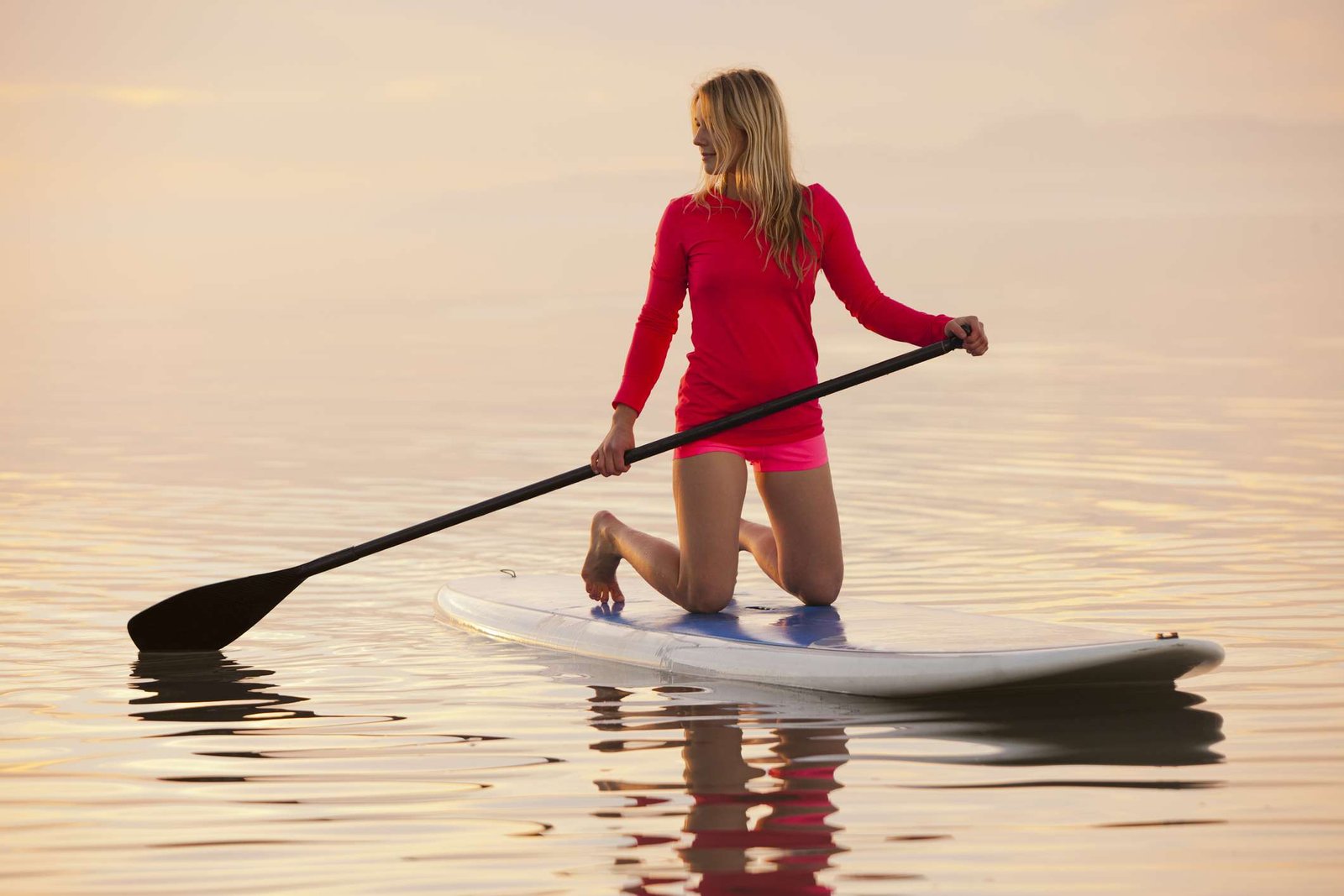Paddleboarding is one of the most popular watersport activities. It is fun and helps you improve your body’s core strength. However, if it is your first time paddleboarding, it is important that you take several safety measures to lower the risk of injury or drowning and enjoy the whole experience. This article provides a few essential safety tips to keep in mind before picking up the paddleboard from Cotswold Outdoor and heading to the water.
1. Check the Status of Your Equipment
Ensure that the paddleboat and other gear are in good working condition before leaving for the beach sport. If you are using an inflatable board, ensure that it is pumped to the recommended PSI and that everything fits in place. A good number of accidents result from poor equipment or one that is not used as required.
2. Consider Taking a Few Lessons
While paddleboarding is easy to learn on your own, it is important that you consider taking a few lessons before hitting the water. You will learn everything from balance to safety measures to take when enjoying the sport. Training also gives you the confidence to face the water and enhances your overall experience.
3. Wear Suitable Clothing
Wear the kind of clothing that matches the prevailing climate. If you are paddleboarding during the cold weather, your beach wear should include a wet or dry suit. However, if you are enjoying the sport during summer, a swimsuit would do. On the other hand, if you plan to stay in the water for extended periods, consider wearing extra watersport apparel to keep you warm.
4. Use the Right Lease with Your Paddleboat
It is very frustrating to have to swim after your paddleboard after you fall off. In some cases, you may fail to capture it. However, when you use a leash, you stay connected to the paddleboard even when you fall off. The leash also helps you stay on the paddleboard, especially when you are learning the sport.
5. Launch and Recover Between White Chequered and Black Flags
If you wish to paddleboard on a lifeguarded beach, it is safe to launch your paddleboard and recover between the white chequered flag and the black one. In many cases, there are few swimmers in this area, which gives you more room to maneuver. In the same breath, consider other water users and give others the right of way whenever possible. This helps prevent accidents and getting injured from collisions with others.
6. Wear A Suitable Personal Flotational Device (PFD)
A PFD can save lives, especially for paddleboard beginners. Even if you are good at swimming, you may be swept away by strong currents and find it hard to reach the shores. However, with a PFD, there is a minimal risk that you may drown if you happen to fall off your paddleboard.
There are various types of paddleboards on the market, and you will find one that fits your style. Check the local laws on the requirements of a personal floatation device before making a purchase.
7. Tell a Friend or Loved Ones Where You are
If you are going for any type of water game, it is important to let your close relatives and friends know where you are. In case something happens to you or there is a natural disaster, your friends and family can track you with ease.
It is also good that you carry your phone with you and carry it in a waterproof pouch safely fastened to your clothing. You can use it to call for help if you get into problems. You also need to take a few photos as a memory of the first time that you paddled.
8. Join a Party of Paddleboarders
Consider paddleboarding with friends. The experience may be scary if you are trying it for the first time alone. However, if you are a part of the larger group, you will be confident when you hit the waters. On the other hand, they can save you in case you get into problems such as falling over, having the ability to wear the gear correctly or any other issue.
9. Know the Direction of the Wind
It is good to know the direction of the wind so that you can determine the best direction to paddle in. It is recommended that you paddle into the wind when getting started. It offers some resistance, but your body is not fatigued at this stage. When coming back, the wind pushing you from behind will make the experience less physically demanding, which is an added advantage when fatigued.
On the other hand, do not paddle where there are powerful off-shore winds. These winds create currents that may take you deep into the sea, which is dangerous. They also make it hard for you to return while paddling if you are pushing against them. You may check the local weather forecast or on the internet to know if the sea is safe to paddle.
